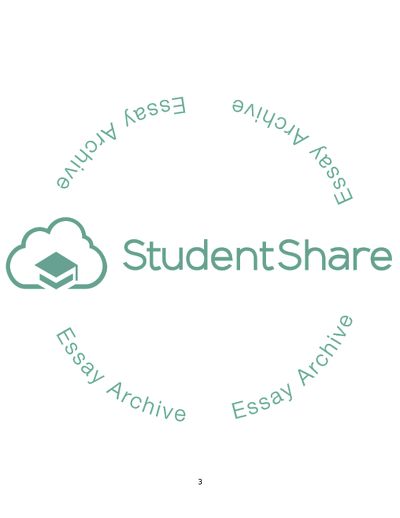Cite this document
(Investigation of Equality and Diversity Strategy in an organisation Assignment, n.d.)
Investigation of Equality and Diversity Strategy in an organisation Assignment. https://studentshare.org/human-resources/1842734-investigation-of-equality-and-diversity-strategy-in-an-organisation-report
Investigation of Equality and Diversity Strategy in an organisation Assignment. https://studentshare.org/human-resources/1842734-investigation-of-equality-and-diversity-strategy-in-an-organisation-report
(Investigation of Equality and Diversity Strategy in an Organisation Assignment)
Investigation of Equality and Diversity Strategy in an Organisation Assignment. https://studentshare.org/human-resources/1842734-investigation-of-equality-and-diversity-strategy-in-an-organisation-report.
Investigation of Equality and Diversity Strategy in an Organisation Assignment. https://studentshare.org/human-resources/1842734-investigation-of-equality-and-diversity-strategy-in-an-organisation-report.
“Investigation of Equality and Diversity Strategy in an Organisation Assignment”. https://studentshare.org/human-resources/1842734-investigation-of-equality-and-diversity-strategy-in-an-organisation-report.


